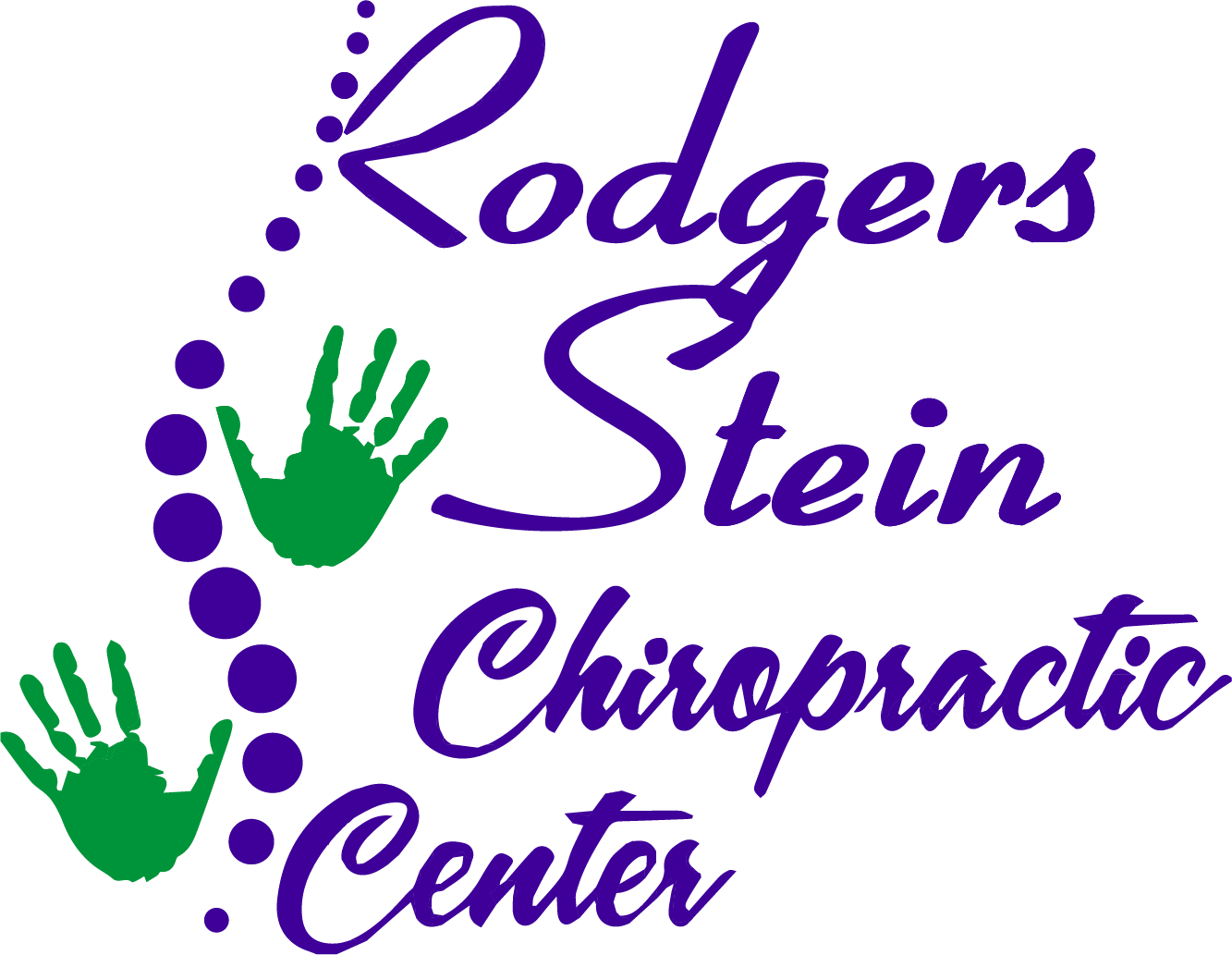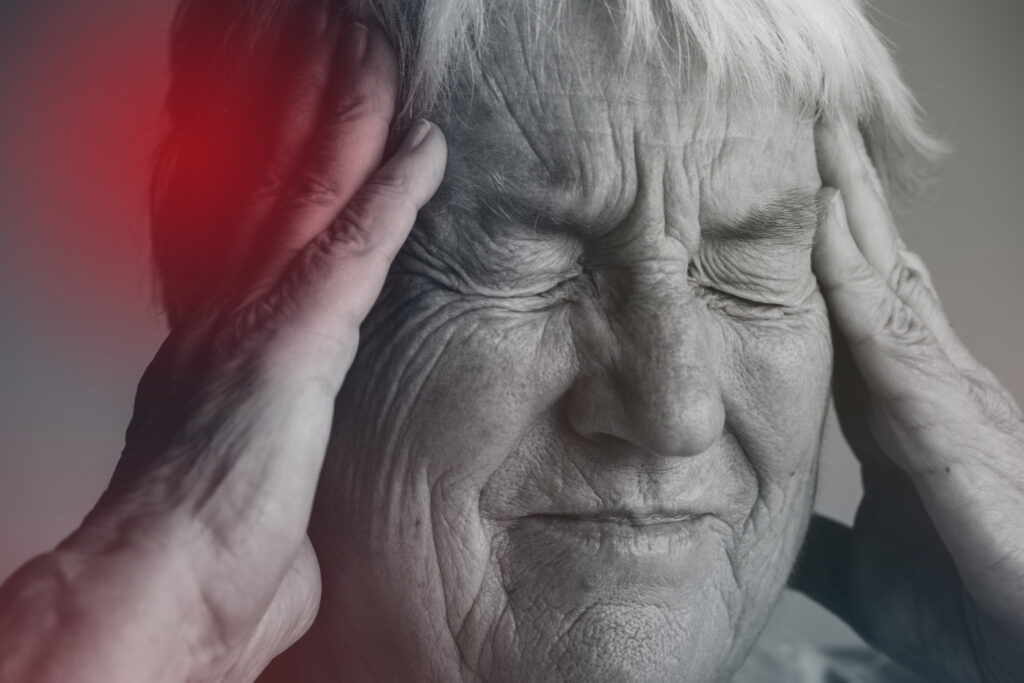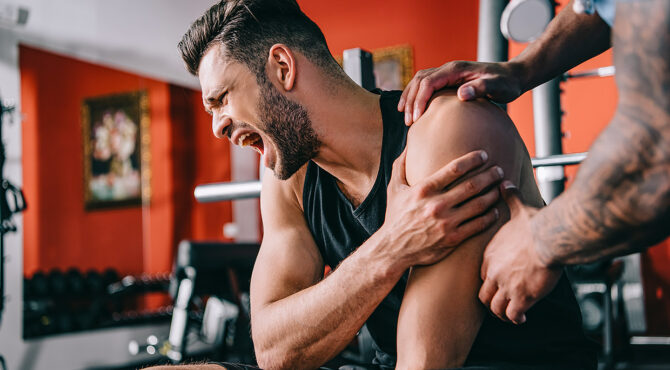When you're dealing with headaches or migraines, finding effective natural remedies can be a game-changer. You might consider trying herbal teas like peppermint or ginger, which have been known to provide relief. Additionally, incorporating nutrient-rich foods and essential oils into your routine could make a difference. There are also specific techniques, such as acupressure, that target pain points effectively. Curious about the best practices to enhance your overall well-being and potentially reduce the frequency of these discomforts? Let's explore these options together.
Herbal Teas for Relief
When a headache strikes, turning to herbal teas can provide soothing relief. These natural remedies not only taste great but can also help ease discomfort. You'll find that several herbal options are particularly effective, each with its unique properties.
Peppermint tea is one of the top choices. Its menthol content can help relax your muscles and improve circulation, which may alleviate tension headaches. Simply steep fresh or dried peppermint leaves in hot water for a revitalizing drink.
Ginger tea is another powerful option. Known for its anti-inflammatory properties, ginger can reduce headache symptoms, especially if your pain is linked to nausea. Brew ginger root in boiling water for about 10 minutes, and enjoy its spicy warmth.
Chamomile tea offers gentle relaxation, making it an excellent choice for stress-related headaches. Its calming effects can help you unwind, allowing you to drift into a more peaceful state. Steep chamomile flowers for about five minutes to extract their soothing essence.
Lastly, try lemon balm tea. This herb is known for its ability to reduce anxiety and promote relaxation, which can be beneficial during a headache. Brew lemon balm leaves in hot water, and let its mild flavor work its magic.
Incorporating these herbal teas into your routine can provide comforting relief when headaches strike. So, the next time you feel discomfort, reach for a cup of one of these herbal delights, and let nature's remedies work for you.
Essential Oils to Try
Alongside herbal teas, essential oils offer another natural approach to headache relief. These concentrated plant extracts can help alleviate pain and tension when used correctly. Here are three essential oils you should consider trying:
- Peppermint Oil: Known for its cooling sensation, peppermint oil can help stimulate blood flow to the area, easing headache discomfort. Apply a few drops to your temples and gently massage it in for quick relief.
- Lavender Oil: Renowned for its calming properties, lavender oil can reduce stress and anxiety, which are common headache triggers. Inhale its soothing aroma or add a few drops to a diffuser to create a relaxing environment.
- Eucalyptus Oil: This oil is particularly effective for headaches caused by sinus pressure. Its anti-inflammatory properties can help open up nasal passages. Dilute eucalyptus oil with a carrier oil and apply it to your sinuses for relief.
To use essential oils effectively, consider diluting them with a carrier oil like jojoba or coconut oil before applying them to your skin. You can also add a few drops to a warm bath or inhale them directly from the bottle for rapid relief.
Remember to perform a patch test to verify you don't have any adverse reactions. With these essential oils in your arsenal, you can tackle headaches more naturally and effectively.
Acupressure Techniques
Acupressure can be a powerful tool for relieving headaches, and knowing the key points is essential.
You can easily apply pressure to specific areas on your body to ease tension and promote relaxation.
Let's explore the step-by-step techniques to get you started.
Key Acupressure Points
Finding relief from headaches can be as simple as applying pressure to specific acupressure points on your body.
By targeting these areas, you can potentially alleviate pain and tension. Here are three key acupressure points to take into account:
- LI4 (Hegu): Located between your thumb and index finger, this point is known for its ability to reduce headache pain and promote relaxation.
- GB20 (Fengchi): Found at the base of your skull, in the hollows on either side of your neck, applying pressure here can relieve tension headaches and improve circulation.
- Yintang: Situated between your eyebrows, this point is often referred to as the "third eye." Pressing here can help calm your mind, reducing stress-related headaches.
Step-by-Step Technique
When you're ready to relieve your headache using acupressure, knowing the right technique can make all the difference.
Start by finding a quiet space where you can sit comfortably. Use your thumb and index finger to locate the first acupressure point, LI4, which is on the webbing between your thumb and index finger. Apply firm pressure for 30 seconds while taking deep breaths.
Next, move to the second point, GB20, located at the base of your skull, in the hollows just behind your ears. Use your thumbs to press firmly for about 30 seconds. Feel the tension release as you focus on your breathing.
Now, find the third point, Yintang, located between your eyebrows. Gently press and hold for another 30 seconds, visualizing the tension melting away.
To finish, return to LI4 and repeat the process if needed.
Remember to stay hydrated and take breaks if your headache persists. By practicing these acupressure techniques, you can effectively manage headaches and promote relaxation.
Regular practice can enhance their effectiveness, making it a valuable tool in your natural remedy toolkit.
Dietary Changes
When it comes to managing headaches, what you eat and drink plays a vital role. Staying hydrated is essential, but you also need to be aware of trigger foods that might worsen your headaches.
#
Hydration Importance
Staying hydrated can make a world of difference when it comes to managing headaches. Dehydration is a common trigger for headaches and migraines, so ensuring you drink enough water throughout the day is essential.
Here are three quick tips to help you stay hydrated:
- Start Your Day with Water: Make it a habit to drink a glass of water first thing in the morning. This jumpstarts hydration and can help prevent headaches later in the day.
- Carry a Water Bottle: Keep a reusable water bottle with you at all times. This simple step serves as a reminder to sip water regularly and makes it easy to track your intake.
- Set Reminders: Use your phone or a hydration app to remind you to drink water at regular intervals. Even small increments can add up and keep your hydration levels ideal.
Trigger Foods to Avoid
Hydration plays a significant role in headache management, but equally important is being mindful of what you eat. Certain foods can trigger headaches and migraines for many people, so identifying and avoiding these culprits is essential. Common offenders include aged cheeses, processed meats, and fermented foods, which contain tyramine that can lead to headaches.
Additionally, foods high in additives, like MSG and artificial sweeteners, can cause adverse reactions. Caffeinated drinks might seem like a quick fix, but too much caffeine or withdrawal from it can trigger headaches as well.
You should also watch out for chocolates, which contain both caffeine and sugar. Don't forget about alcohol, especially red wine, which is a well-known trigger due to its sulfites and histamines.
Keep a food diary to help identify your specific triggers, as they can vary from person to person. By avoiding these trigger foods, you can reduce the frequency and intensity of your headaches, making it easier to manage your overall well-being.
Nutrient-Rich Choices
Incorporating nutrient-rich foods into your diet can greatly alleviate headache symptoms and improve overall health. A balanced diet not only supports your body but can also help prevent those pesky headaches from recurring.
Here are three powerful food choices to ponder:
- Leafy Greens: Spinach, kale, and Swiss chard are packed with magnesium, which can help relax blood vessels and reduce headache frequency.
- Fatty Fish: Salmon, mackerel, and sardines are rich in omega-3 fatty acids, known for their anti-inflammatory properties that can ease pain and prevent migraines.
- Nuts and Seeds: Almonds and flaxseeds are excellent sources of magnesium and other essential nutrients that may help reduce headache intensity.
Incorporating these foods into your meals can make a significant difference. You can add leafy greens to smoothies, enjoy fatty fish grilled, or snack on a handful of nuts.
## Hydration Importance
Water plays an essential role in preventing headaches and maintaining overall health. When you're dehydrated, your body can't function efficiently, leading to fatigue and discomfort, which often manifests as headaches. Ensuring you drink enough water throughout the day can make a significant difference in your well-being.
You mightn't realize how much water you need until you feel the effects of dehydration. The general recommendation is to drink about eight 8-ounce glasses of water daily, but this can vary based on your activity level, climate, and individual needs. To stay properly hydrated, pay attention to your body's signals. If you're feeling thirsty, that's a clear indication you need to hydrate.
Incorporating more water into your routine doesn't have to be a chore. Carry a reusable water bottle to remind yourself to sip regularly. You can also include hydrating foods like fruits and vegetables, which can add to your daily water intake. Think about juicy options like watermelon, cucumbers, or oranges.
If you notice frequent headaches, try increasing your water consumption for a few days. You might be surprised by how much better you feel. By prioritizing hydration, you're not just warding off headaches; you're supporting your overall health.
Stress Management
Managing stress is essential for reducing headaches, and incorporating mindfulness meditation techniques can really help you find your calm.
Breathing exercises are another effective way to release tension and improve your overall well-being.
Let's explore how these practices can make a difference in your life.
Mindfulness Meditation Techniques
Practicing mindfulness meditation can greatly reduce stress, which is often a trigger for headaches. By incorporating mindfulness into your daily routine, you can cultivate a deeper awareness of your thoughts and feelings, leading to a more relaxed state of mind.
Here are three mindfulness techniques you can try:
- Body Scan: Lie down comfortably and focus on each part of your body, starting from your toes and working your way up to your head. Notice any tension and consciously relax those areas.
- Guided Imagery: Close your eyes and imagine a peaceful scene, like a beach or forest. Engage all your senses, envisioning the sounds, smells, and sights, helping you escape the stressors of daily life.
- Mindful Observation: Choose an object to focus on, like a candle flame or a flower. Observe it closely for a few minutes, noticing details without judgment. This practice can ground you, reducing anxiety and promoting relaxation.
Breathing Exercises Benefits
Breathing exercises can be incredibly effective for stress management, helping you regain a sense of calm in moments of tension. When you focus on your breath, you activate your body's relaxation response, reducing cortisol levels and promoting a feeling of peace. This simple practice can easily fit into your daily routine, providing a quick escape from stress.
To start, try the 4-7-8 technique. Inhale deeply through your nose for a count of four, hold your breath for seven counts, then exhale slowly through your mouth for eight counts. Repeat this cycle a few times, and you'll likely notice a decrease in anxiety and an increase in clarity.
Another option is diaphragmatic breathing. Place one hand on your chest and the other on your abdomen. As you inhale, focus on filling your lungs and allowing your abdomen to rise. This technique enhances oxygen flow and helps ground you in the present moment.
Incorporating these breathing exercises into your life can lead to better stress management, making it easier to handle headaches and migraines.
Sleep Hygiene Practices
Since poor sleep can trigger headaches, establishing effective sleep hygiene practices is essential for minimizing discomfort. When you prioritize quality sleep, you'll likely find that your headaches become less frequent and less severe.
Here are three key practices to help you improve your sleep hygiene:
- Create a Consistent Sleep Schedule: Go to bed and wake up at the same time every day, even on weekends. This helps regulate your body's internal clock, making it easier to fall asleep and wake up refreshed.
- Design a Relaxing Bedtime Routine: Engage in calming activities before bed, like reading, taking a warm bath, or practicing relaxation techniques. This signals to your body that it's time to wind down, making it easier to shift into sleep.
- Optimize Your Sleep Environment: Keep your bedroom dark, cool, and quiet. Invest in comfortable bedding and eliminate any distractions, such as electronic devices or excessive noise. This creates a sanctuary for sleep, enhancing your overall rest.
Regular Exercise Benefits
Regular exercise offers numerous benefits that can help reduce the frequency and intensity of headaches. When you engage in physical activity, your body releases endorphins, which are natural painkillers and mood elevators. This means that not only can exercise help alleviate existing headaches, but it can also prevent new ones from forming.
You might find that consistent exercise improves your overall stress levels. Stress is a common headache trigger, and by incorporating regular workouts into your routine, you can manage anxiety and tension more effectively. Activities like yoga, swimming, or even brisk walking can promote relaxation and provide an outlet for the stresses of daily life.
Additionally, exercise boosts blood circulation, ensuring that your brain gets a steady supply of oxygen and nutrients. Improved blood flow can decrease the chances of headaches caused by poor circulation.
You'll also notice that regular physical activity can enhance your sleep quality, which is vital since inadequate rest can contribute to headache development.
Moreover, maintaining a healthy weight through exercise can minimize the risk of headaches associated with obesity. When you're physically fit, you decrease the burden on your body, which can lead to fewer tension and migraine episodes.
Incorporating a mix of cardio, strength training, and flexibility exercises into your routine can make a significant difference. So, grab your sneakers and start moving! You'll not only feel better but also reduce the likelihood of those pesky headaches interrupting your day.
Cold and Hot Compresses
Cold and hot compresses can be incredibly effective for relieving headache pain. When you're in the grip of a headache, the right temperature can make all the difference. Here are three ways they can help:
- Cold Compress: Applying a cold compress to your forehead or the back of your neck can reduce inflammation and numb the area, which helps alleviate throbbing pain. The coolness constricts blood vessels, reducing blood flow to the head and providing relief.
- Hot Compress: On the flip side, a hot compress can be soothing, especially if your headache is tension-related. The heat relaxes tight muscles and improves blood circulation, easing the discomfort. Simply use a warm towel or heating pad for this method.
- Combination Therapy: Sometimes, alternating between cold and hot compresses can yield the best results. Start with a cold compress for about 15 minutes, followed by a hot compress for another 15 minutes. This method can help in managing different types of headache pain effectively.
To apply compresses, just soak a cloth in cold water or heat a towel in the microwave, ensuring it's at a comfortable temperature.
Wrapping it in plastic wrap can help maintain the temperature longer. Remember to take breaks between applications to avoid skin irritation.
Mindfulness and Meditation
Finding relief from headaches often involves more than just physical remedies like compresses. Mindfulness and meditation can play a vital role in managing headache symptoms and reducing their frequency. When you practice mindfulness, you're training your mind to focus on the present moment, which can help ease the tension that often contributes to headaches.
To start, find a quiet space where you can sit comfortably. Close your eyes and take a few deep breaths. Focus on the sensation of your breath entering and leaving your body. If your mind begins to wander, gently bring it back to your breath. This simple practice can help you cultivate awareness and reduce stress, which is a common headache trigger.
You can also try guided meditation specifically designed for headache relief. Many apps and online resources offer sessions focused on relaxation and tension relief. These guided sessions can help you visualize the pain dissipating and promote a sense of calm.
Additionally, practicing mindfulness throughout your day can help you recognize early signs of tension or stress. By addressing these feelings before they escalate, you may find that your headaches become less frequent and less intense.
Incorporating mindfulness and meditation into your routine isn't just about finding immediate relief; it's a long-term strategy for managing headaches. By prioritizing your mental well-being, you'll create a more balanced approach to headache management that goes beyond physical treatments alone.
Conclusion
Incorporating these natural remedies into your routine can make a significant difference in managing headaches and migraines. Whether you sip on herbal teas, use essential oils, or practice acupressure, you have various options to find relief. Don't forget the importance of hydration, a balanced diet, and good sleep hygiene. By making these small changes, you can reduce the frequency and intensity of your headaches, helping you feel more balanced and in control of your well-being.



